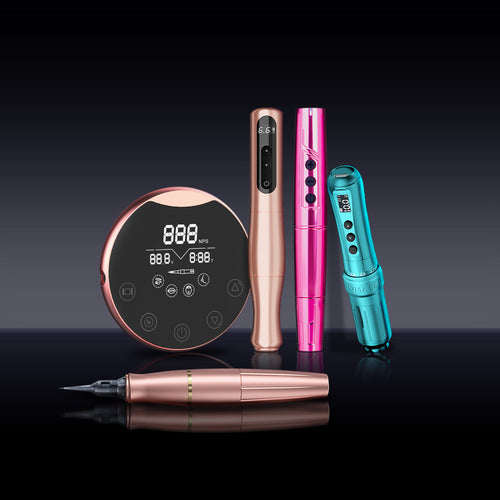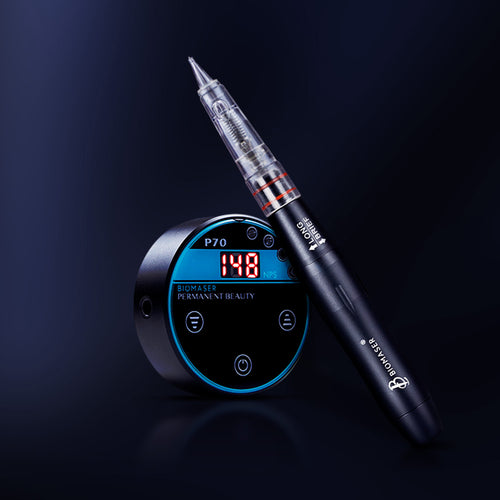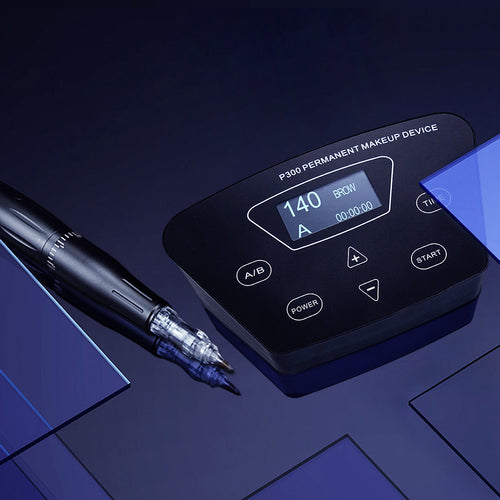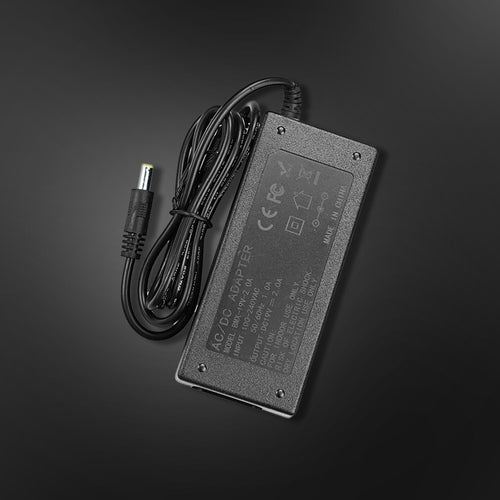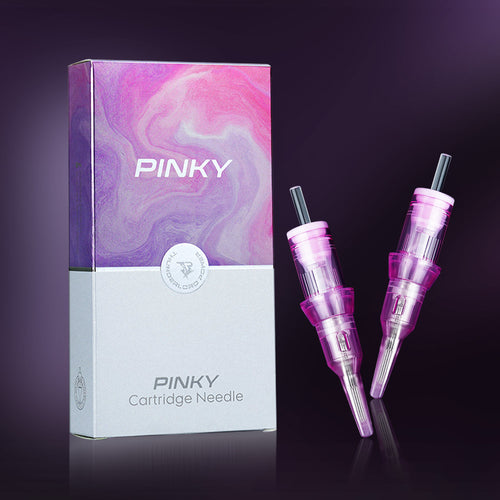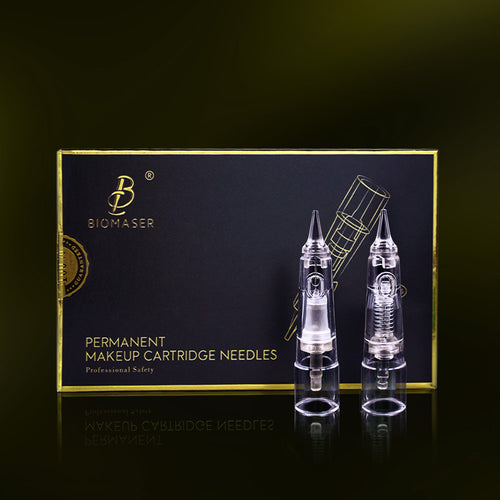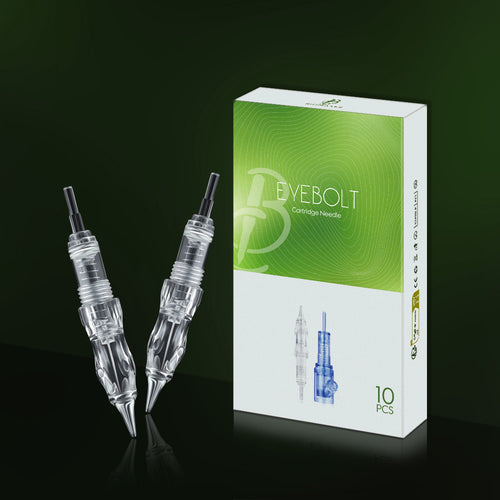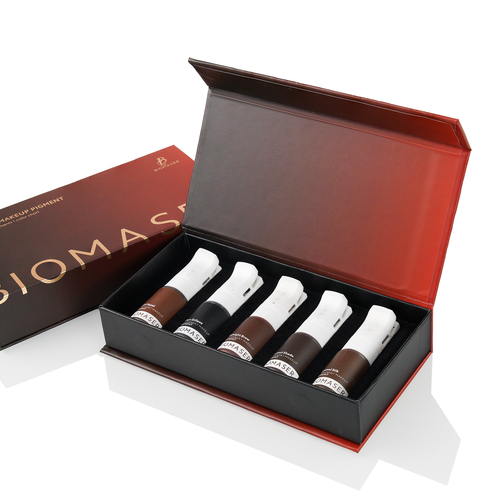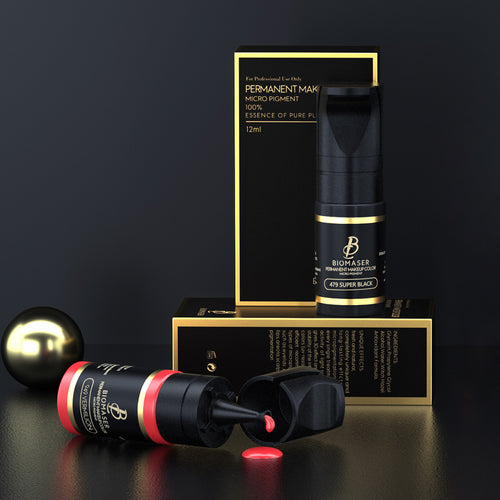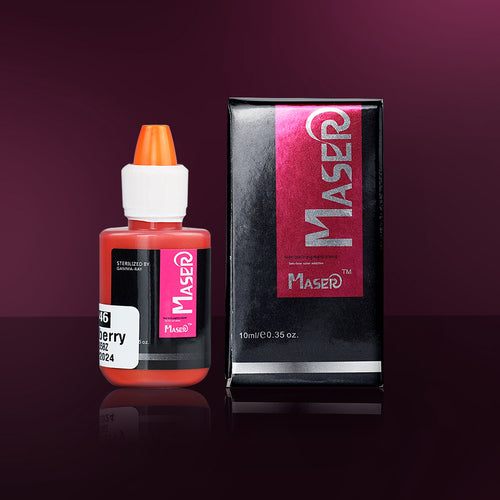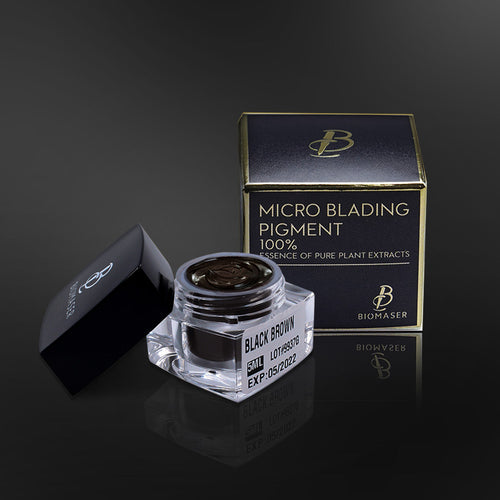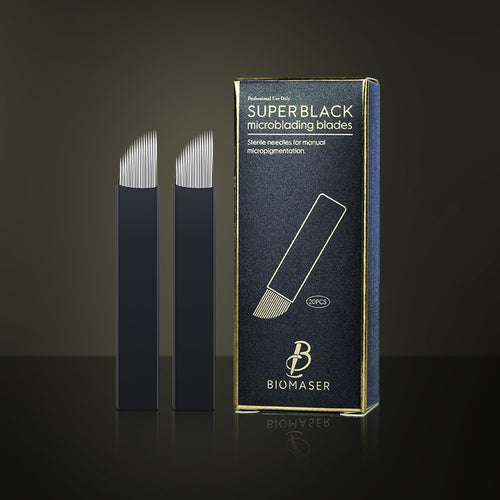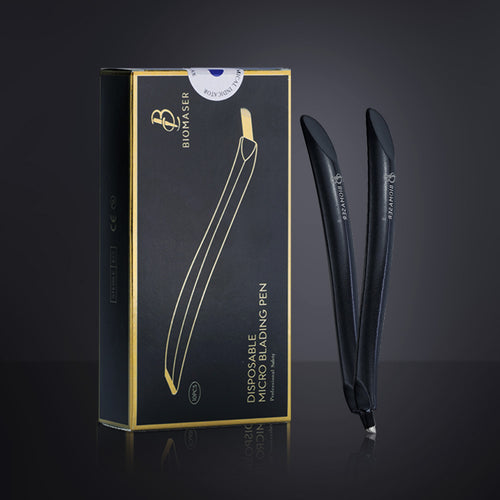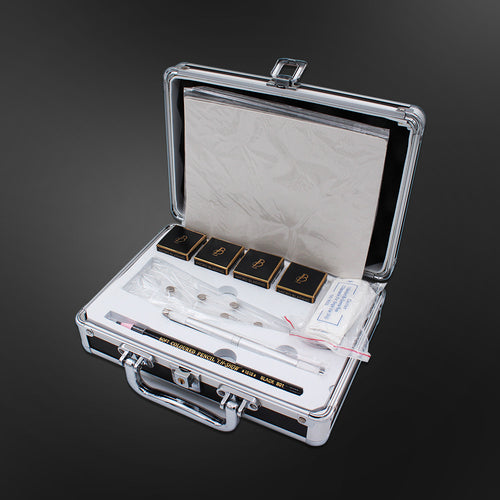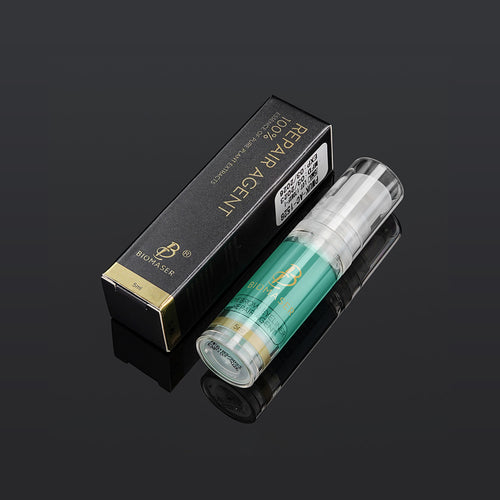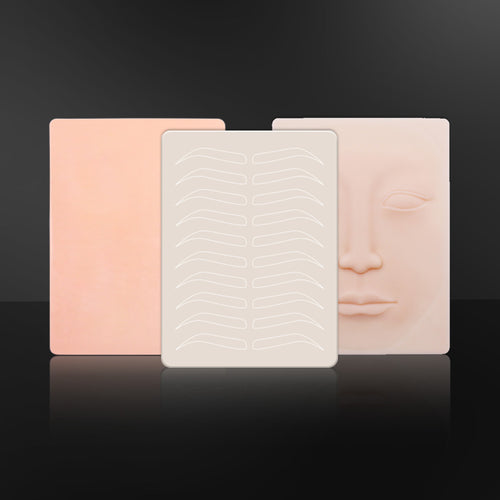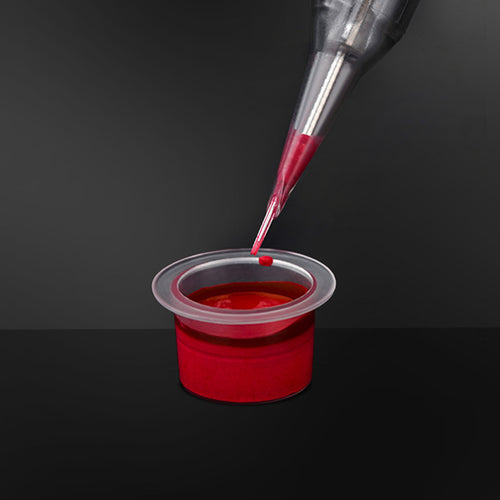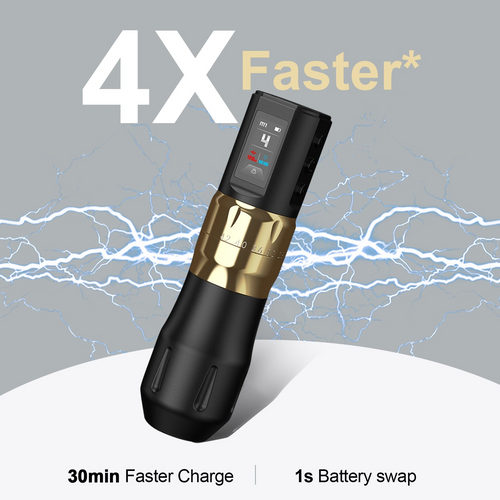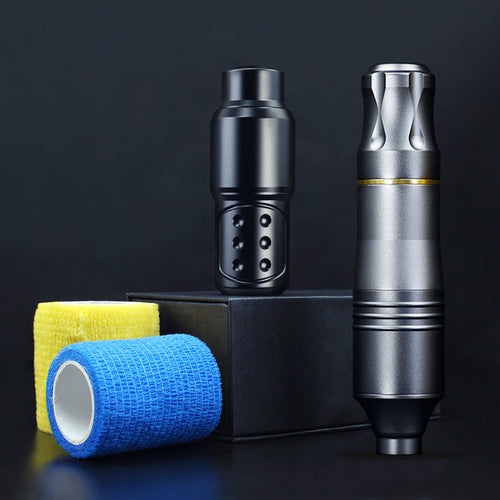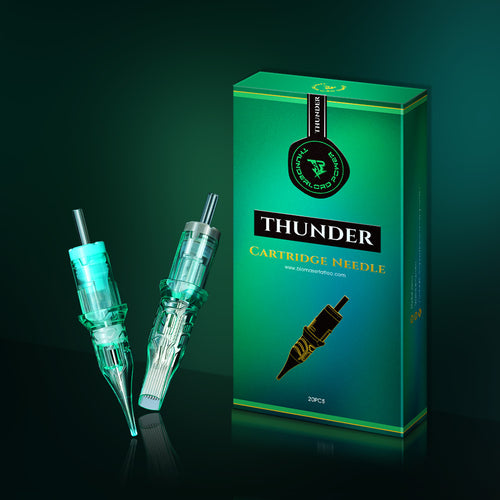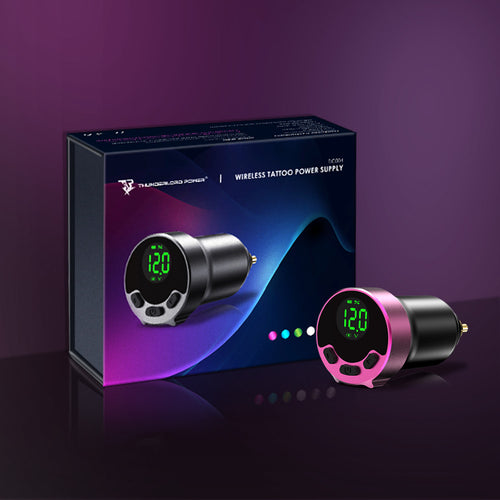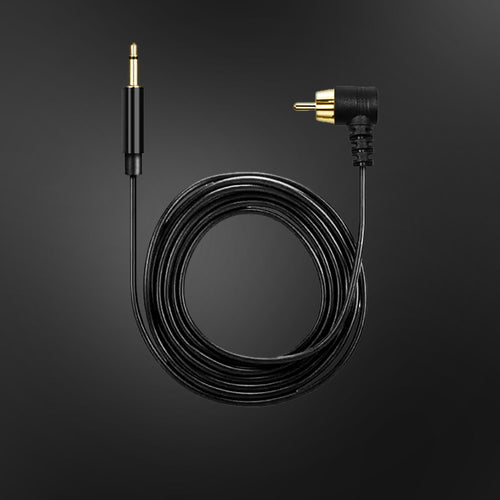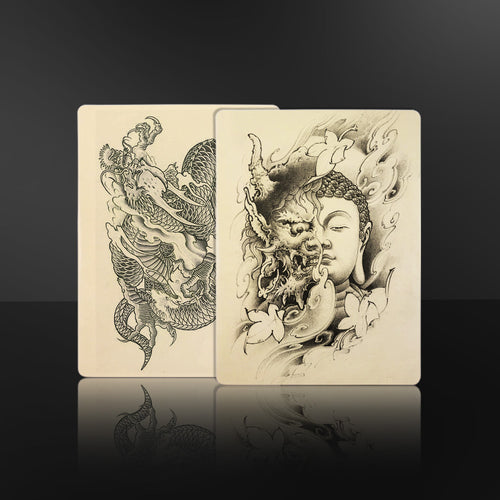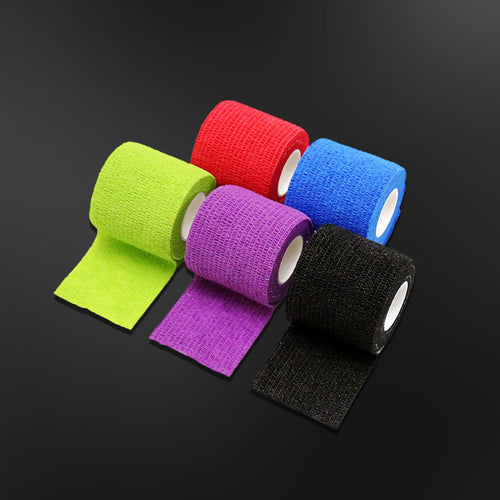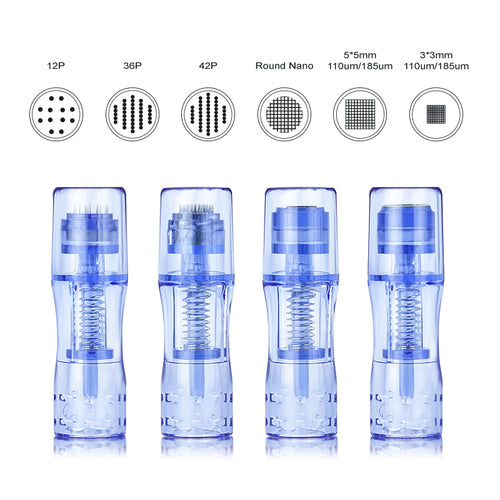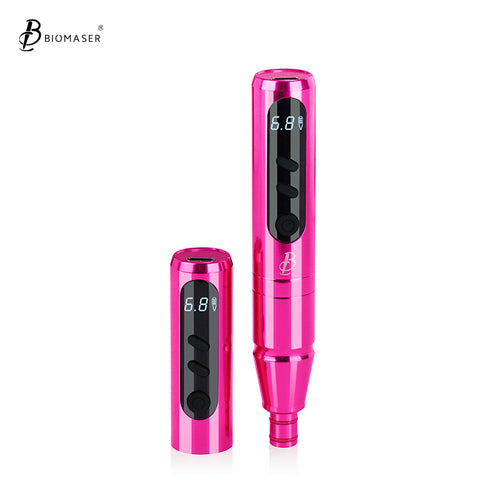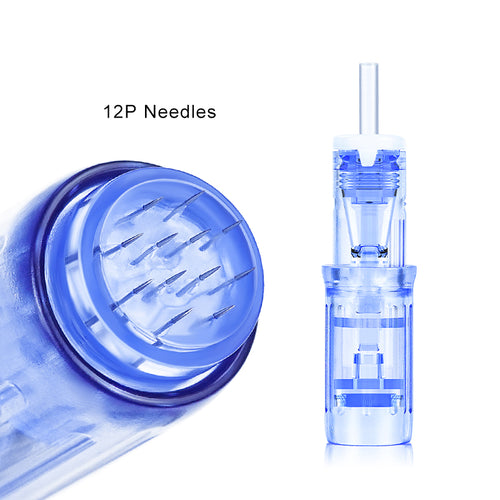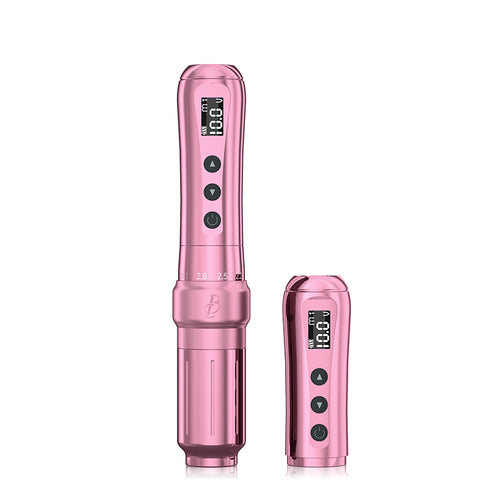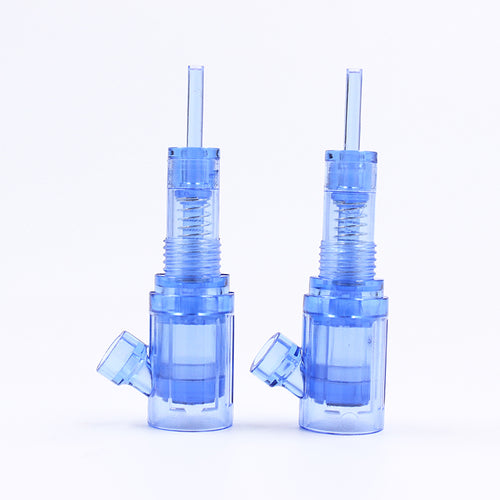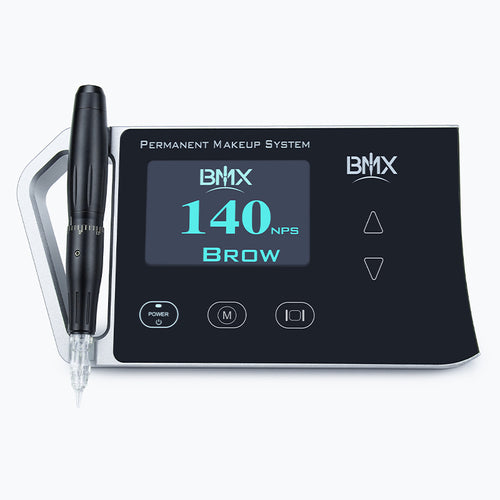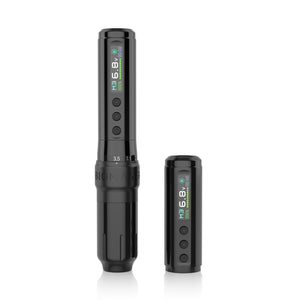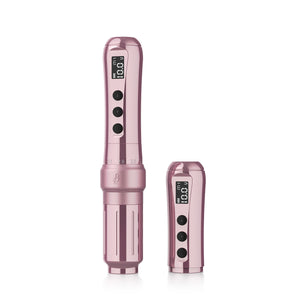What Are the Benefits and Downsides of Watercolor Tattoos?
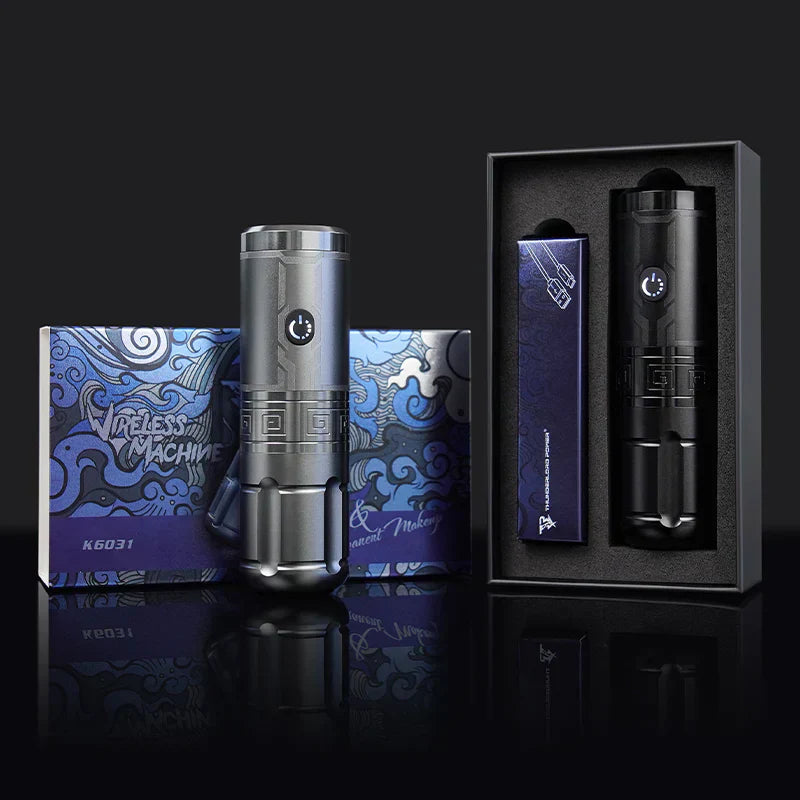
Key Takeaways:
- Watercolor tattoos offer unique, artistic beauty with soft blends and vibrant colors, but they need more care than regular tattoos.
- They typically fade faster (in 5 to 7 years) and need to be touched up every 3 to 5 years.
- Finding a skilled watercolor tattoo artist is crucial but challenging.
- Placement is very important; stay away from places with a lot of friction and direct sunlight.
- To keep the watercolor vibrant, extra sun protection and treatment are needed.
- For better longevity, think about combining watercolor features with traditional lines.
Watercolor tattoos are like wearable art—soft blends and vibrant hues mimic a painter's canvas. But their dreamy appeal comes with trade-offs: faster fading, higher upkeep, and demands for artist expertise. Before you fall in love with these colorful masterpieces, let's talk about what makes them special - and what you should know before getting one.
They Look Like Real Paintings
No harsh black lines here! Watercolor tattoos are soft and flowing, just like actual watercolor paintings. Whether it's delicate flowers or colorful abstract designs, they have this dreamy, magical look that makes them unique.
Bold, Vibrant Colors That Pop
These tattoos use high-contrast hues that glow against lighter skin tones. Imagine space-themed designs with swirling blues, or splashes of red and gold that look like a sunset. The style thrives on creativity, letting artists mimic brushstrokes for designs that stand out in a sea of traditional ink.
Biomaser Plenilune U1 Pro Wireless Tattoo & PMU Machine With Adjustable Stroke
You Can Design Almost Anything
From mandalas with gradient dots to wildlife portraits with textured fur, watercolor adapts to nearly any motif. Blend it with geometric lines or minimalist dotwork for hybrid designs. The technique's fluidity allows unique gradients—sunset oranges fading into twilight purples—that traditional tattoos can't replicate.
Gentler on Your Pain Threshold
Artists use lighter pressure and avoid dense shading, reducing the “scratching” sensation of solid fills. Techniques like dotwork or wash effects target smaller skin areas, offering breathers between bursts of needlework. Ideal for first-timers or low-pain-tolerance zones like the ribs.
Easier to Remove or Modify
If you ever change your mind, watercolor tattoos are usually easier to remove or cover up. Since they use lighter layers of ink and less black, they tend to fade more evenly. Plus, if you want to modify your tattoo later, it's usually simpler than with traditional tattoos.
What Are the Downsides of Watercolor Tattoos
There are also several challenges that come with watercolor tattoos:
They Don't Age Like Wine
Unlike traditional tattoos, watercolor pieces fade faster—especially pastels and yellows. Without bold outlines, designs can blur into undefined shapes within 5-7 years.
High Maintenance Cost Will Drain Your Wallet
Expect to invest more time and money than with traditional tattoos. Initial sessions run longer (4-8 hours) due to complex blending, driving up costs. Plus, you'll need touch-ups every 3-5 years to keep colors fresh—budget accordingly.
Finding the Right Artist Is Tricky
Not every tattoo artist masters watercolor techniques. Poor execution leads to muddy colors and messy blends. Skilled watercolor specialists are rare and often booked months ahead, with higher rates reflecting their expertise.
Tattoo Details Fade Fast
Fine lines and intricate details tend to blur first. Small watercolor tattoos might lose definition within a few years, while poorly saturated areas can fade into ghost-like smudges.
It Needs More Aftercare, Especially Sun Protection
UV rays are bad for watercolor tattoos. You have to use SPF 50+ every day, and even then, colors fade faster in sun-exposed areas. Don't go to the beach while you're healing, and think carefully about the tattoo placement.
Aging Skin Will Be a Challenge
As skin ages and loses elasticity, watercolor tattoos blur more noticeably than traditional designs. Areas that are prone to move or stretch a lot, like the upper arms, will show wear faster, so choosing the proper placement matters very much.
Biomaser U1 Wireless PMU Tattoo Machine Eyebrows & Lips
What to Consider Before Getting a Watercolor Tattoo
If you are ready to get a watercolor tattoo, here's your pre-tattoo checklist to ensure your watercolor piece stays stunning for years:
Pick a Design That Will Last
Think about styles that combine traditional linework and watercolor fills. When you mix watercolor elements with strategic black outlines or darker base colors, the black lines or colors will act as supports and keep the design from getting blurry. Outlined flowers with watercolor petals or geometric forms with color splashes are popular choices.
Research Artists Well
Looking at new tattoos on Instagram is not enough. Ask to see healed work that's 2+ years old—this reveals how their pieces age. Look for:
- Clean color transitions
- Sharp edges where needed
- No muddy blending
- Consistent saturation
Red flag: If an artist can't show you healed work, you should look elsewhere.
Pick Smart Placement
Location matters more than you think. Avoid:
- High-friction areas (hands, feet)
- Constantly moving spots (joints)
- Sun-exposed zones (forearms)
Instead, choose protected areas like the upper back, thighs, or inner biceps where your masterpiece can age gracefully.
Budget Beyond the First Session
Factor in these costs:
- Initial tattoo ($200-500+ per hour)
- Touch-ups every 3-5 years
- Quality sunscreen (yearly)
- Professional aftercare products
It is an art investment that needs regular maintenance to stay vibrant.
FAQs About the Watercolor Tattoos
1. How Do Watercolor Tattoos Heal?
Like regular tattoos, the healing process takes two to four weeks. However, since watercolors use lighter colors and multiple layers, they may look more faded at first during healing. You can expect some flaking and peeling, especially where the color is thick. Keep the area clean, moisturized, and protected from sun exposure during healing.
2. Are Watercolor Tattoos More Painful?
Most of the time, watercolor tattoos are easier on the skin than other types. They use less pressure and fewer groups of needles, but sessions may take longer because of the detailed color blending. But, going over the same spot more than once for color layering can cause cumulative discomfort.
3. Can I Get a Watercolor Tattoo on Dark Skin?
Yes, but there are some things to think about. For a successful watercolor tattoo:
- Using rich earth tones and jewel tones that look good on darker skin
- Adding stronger contrast and black elements
- Working with tattoo artists experienced in tattooing dark skin
4. What Colors Last Longest in Watercolor Tattoos?
It's more likely that deep reds, magentas, and blues will last longer. Light colors and yellows fade the fastest, especially without black ink foundations. You might want to incorporate some darker features or outlines to anchor the design to make it last longer.
5. What Aftercare Is Different for Watercolor Tattoos?
Basic treatment remains similar, but because watercolors have lighter colors, they need extra sun protection. Even after it's healed, use a high-SPF sunscreen every day. Regularly moisturizing will keep the color from fading, and for at least two weeks, don't swim or soak the tattoo to keep the color bright.
